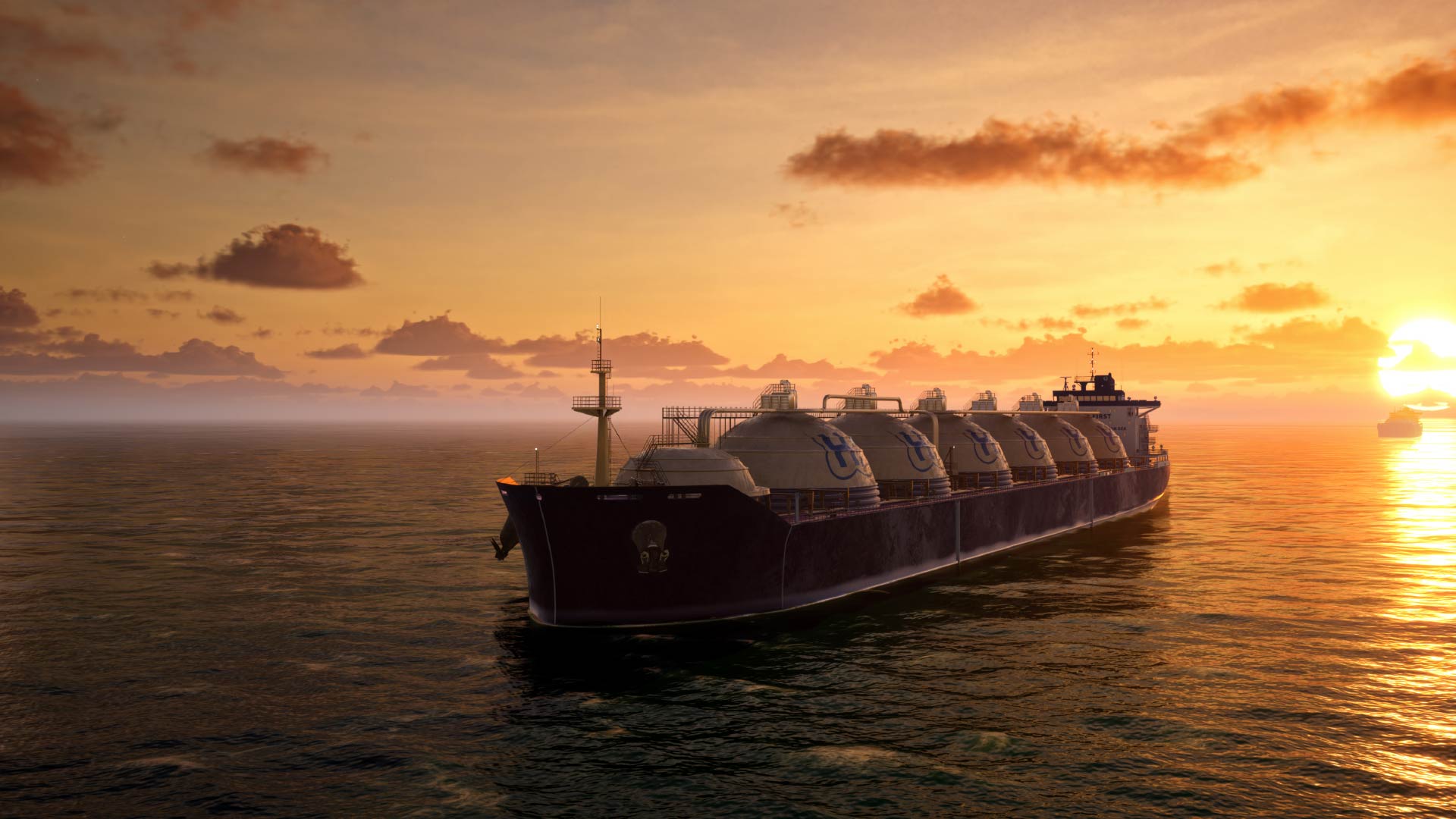New Research Highlights Synergies Between Climate Adaptation And Transition Plans

Emma Cutler
Most corporate climate transition plans have focused on steps to reduce carbon emissions. For example, while researching best practices for this undertaking, we reviewed over 30 publicly available transition plans: all addressed mitigating GHGs, and for most this was the bulk of the plan. However, a transition plan should be more than a net zero plan. New research from Verdantix shows that, in addition to carbon emissions, a good transition plan should include physical climate risks and adaptation, among other elements. Including physical risk management can strengthen transition plans, which, in turn, present opportunities to advance adaptation planning.
Why does climate adaptation belong in transition plans? Put simply, it’s good risk management. Transition plans rely on physical infrastructure and natural resources that may be vulnerable and exposed to climate hazards. Furthermore, damage from physical risks in other parts of the organization could pull scarce resources away from implementing the transition plan. Including strategies to reduce these risks increases the likelihood of successfully implementing the plan.
Transition planning also opens the door for adaptation planning. Both depend on engaging stakeholders, integrating climate into strategic planning, acting on risk disclosures, establishing governance systems and processes, and assessing and addressing social impacts of climate action. All of this requires firms to adopt new ways of thinking and doing business. Creating a transition plan is a learning opportunity and helps stakeholders understand why climate risks are important. With these new skills and knowledge, adaptation and resilience planning are all the easier.
Holistic, integrated climate risk management requires addressing the interactions between physical and transition risks. However, many organizations are still in the early stages of climate risk management, and trying to do everything at once can quickly become overwhelming. It’s often helpful to begin with one type of risk and then sequentially add others. Alternatively, starting with smaller pilot projects before advancing to larger risk reduction initiatives can make the task more tractable. The key is to keep information understandable and build on lessons learned as a firm matures in its climate risk management.
To learn more, check out our research on addressing climate adaptation in transition plans.
About The Author

Emma Cutler
Principal Analyst





